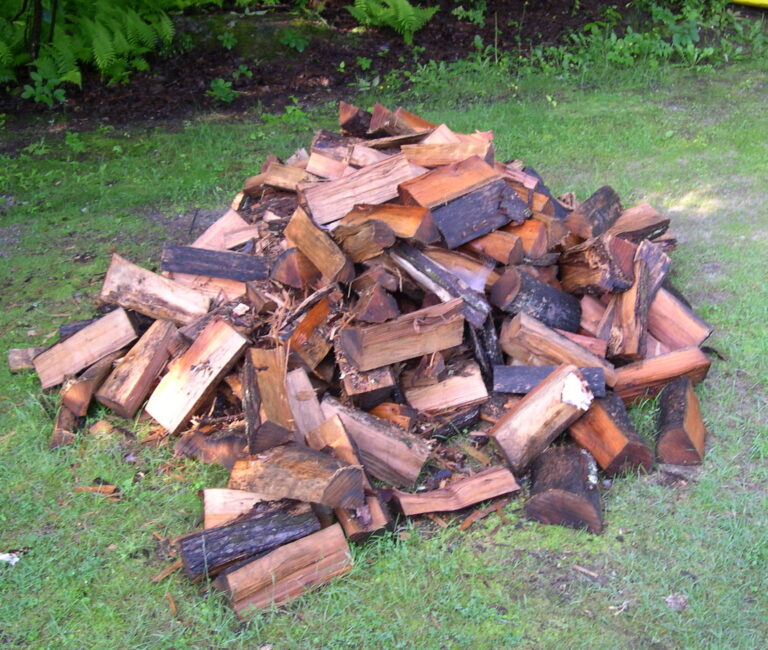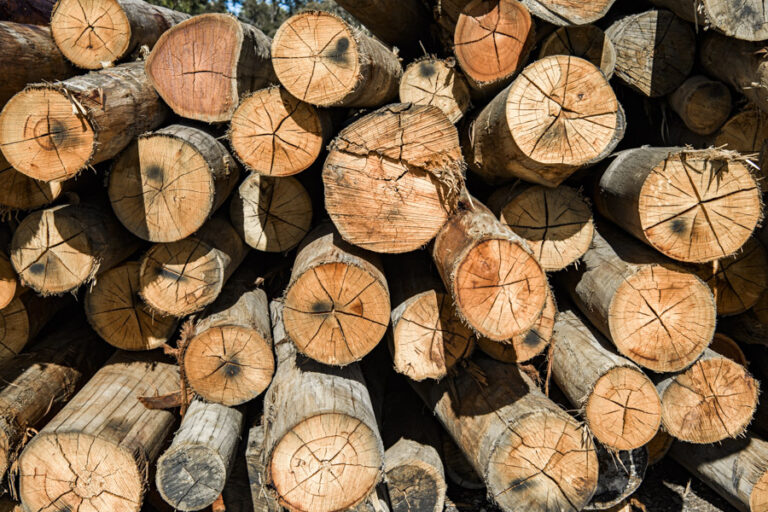
Burning Firewood
A series of quick tips for getting the best results when starting your fire.

Freshly harvested firewood usually contains a considerable amount of water. The amount of water in a piece of wood is calculated as a percentage of the oven dry weight of the wood itself. The oven dry weight of wood is measured after it has been heated to remove all moisture.
The moisture content in green wood can vary from as low as 40% to as high as 200%, depending on the age and species of the wood and it growing conditions. For example, mature River Red Gum (eucalyptus camaldulensis) typically has a green moisture content of around 45-50%, which is too high to burn satisfactorily. The ideal moisture content for firewood is below 25%. All wood will season naturally (air dry), because the water eventually evaporates from the wood surface until it reaches equilibrium with the humidity of the surrounding air. This is known as the Equilibrium Moisture Content.
This natural seasoning process can take many years for logs, but cross cut billets and blocks usually dry in 12 months or less. Split green wood will dry in less time again, depending on its size, how it is stored and weather conditions. Wood that is periodically wetted down on the surface may dry more quickly then wood stored in a dry environment, as the surface water keeps cellular pathways open for moisture to move to the surface and evaporate. Once wood moisture content is in equilibrium with the surrounding environment it will usually contain about 10-15% water depending on climatic conditions (temperature and relative humidity).
If wood has not dried below 25% moisture content, it will burn less efficiently and will generate more smoke and less heat.
A good way to illustrate this is to consider a 1.5 kg log of green eucalypt firewood, which will contain at least half a litre of water and may contain up to one litre of water. The amount of energy it takes to boil dry that volume of water in a saucepan is equivalent to the energy that is wasted by burning that green wood. The heat needed to burn wet wood also means that the fire burns cooler. This leads to less combustion, and higher emissions of smoke. More smoke subsequently means more build up of creosote in the flue or the chimney.
Your FAA firewood supplier will be able to advise you whether the wood is fully seasoned, partly seasoned or green. If the wood is not fully seasoned, your supplier will give you advice on how long to store the wood before it will be ready to burn.
You should check for signs that it might still be green. Look for fresh moist bark stuck to the wood, the wood may feel heavy and might even feel wet and cool to the touch.
FAA licensed suppliers have resistance moisture meters so they can measure the exact moisture content of the firewood.
Moisture Content:
Wet wood = Less Heat, More Smoke

A series of quick tips for getting the best results when starting your fire.

A series of quick tips for getting the best results when storing your firewood.
Use our convenient online ordering facility to place your firewood order and we’ll have it on the road for delivery in no time.
Want to pick up your firewood in your own trailer, truck or vehicle? Our yard is open 6 days a week.
785 – 811 Wallgrove Rd
Horsley Park NSW, 2175
View map?